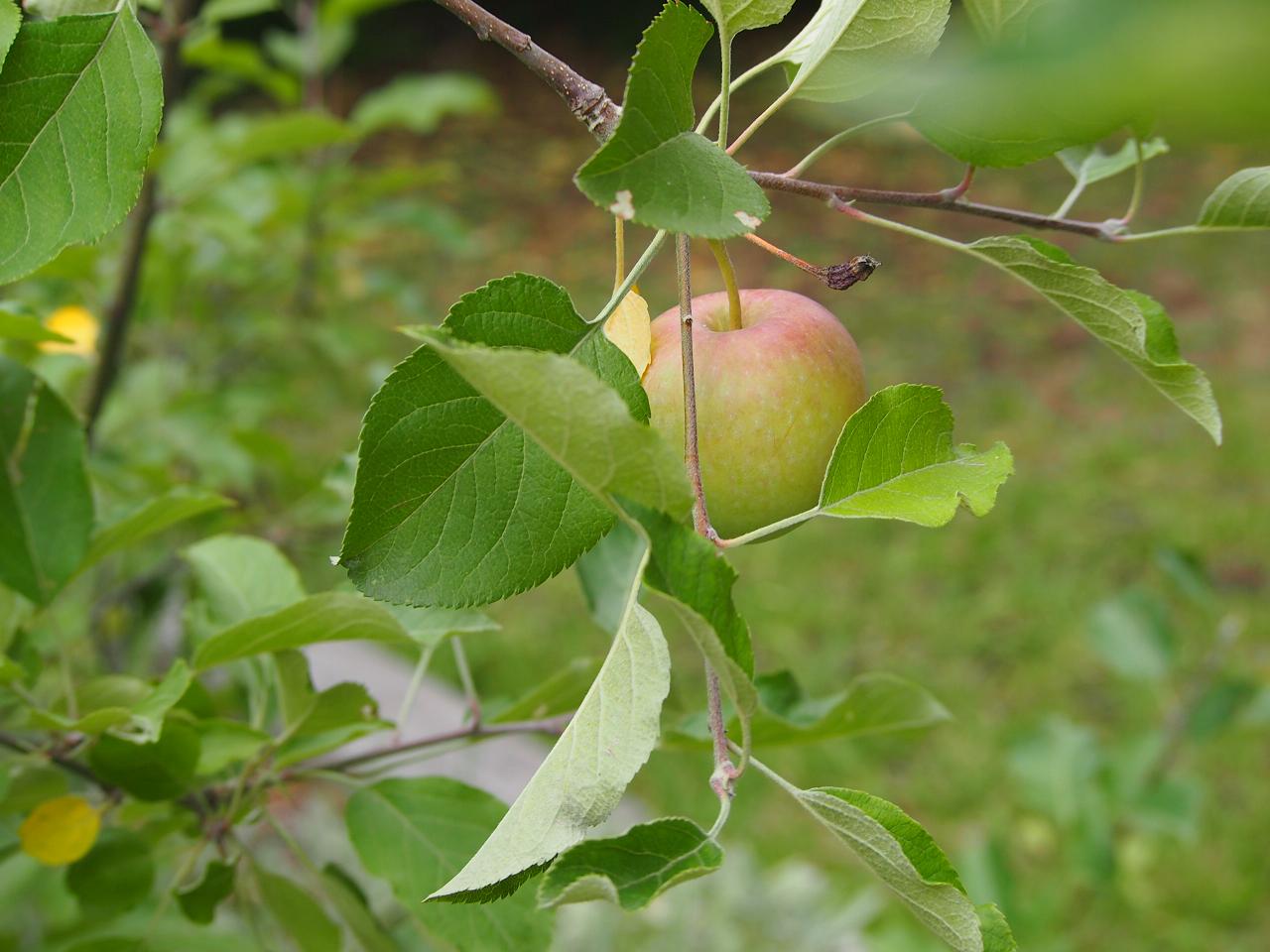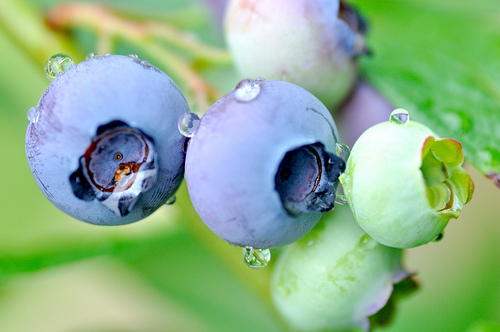In a miracle of nature, luscious raspberries grow on bramble bushes, belonging to the genus ‘rubus’. This is in the rose family, and includes other fruit bearing plants, such as the blackberry.
Like roses, raspberries are fragrant and beautiful, and come in a range of colours – from bright red through to purple and black. Grow your own raspberries and gain instant access to a fruit bursting with flavour, which freezes well. Frozen raspberries can simply be dropped into drinks, or frozen into cubes in an ice tray.
The fruit makes delicious jam, sauces and puddings and the leaves can be freshly picked or dried to steep into a tasty tea. So what’s not to like? Full of Vitamin C and life enhancing (even trendy!) antioxidants, raspberries are a truly rewarding crop.
Grow your Own
 All around the world, and as long as there’s room in your garden, it’s not difficult to grow raspberries. If like me, you live in the Northern Hemisphere, then make sure you get plenty of sun, as raspberries hate damp conditions – and living in the north of England, I have to ensure my raspberry bushes don’t become waterlogged.
All around the world, and as long as there’s room in your garden, it’s not difficult to grow raspberries. If like me, you live in the Northern Hemisphere, then make sure you get plenty of sun, as raspberries hate damp conditions – and living in the north of England, I have to ensure my raspberry bushes don’t become waterlogged.
In the Southern Hemisphere, they need protection from strong summer sun. Wherever you are, raspberries require good drainage, and shelter from strong wind.
Raspberry plants are available in spring bearing, or ever bearing varieties. Mainly grown in the autumn/fall from bare-root plants, most fruit is picked from late spring through to the end of summer, though ever bearing plants also produce autumn berries.
It’s good to share information – before buying your plants, check with local reputable nurseries to see what varieties will best withstand local pests.
To ensure a good start, soak the roots in a compost tea (a cup or two of good compost in a 5 gallon bucket of water) for several hours before planting.
Raspberries thrive in deep, friable and well composted soil that drains well. Test this by digging a hole about a foot (30cms) deep by a foot wide, fill with water and check how long it takes to drain. If within three hours – great! Otherwise consider growing raspberry bushes on a slope. Soil PH should be 5.5 – 7 ie slightly acid to neutral.
Canes
Raspberry bushes send up long, arching canes that do not flower or produce fruit until the second year of growth.
In the first season the plant produces green ‘primocane’ shoots, which then go dormant in the winter. If you trim primocanes in the first year to 30″ to 36″ (about 1m), they’ll produce more branches in the following year on ‘floricanes’.
Pruned to 2m (6′) high in the spring, and thinned out so only the strongest remain, they will produce a healthy crop of fruit before they die. Once the fruit is harvested, prune the spent floricanes to ground level.
The roots will produce new shoots year after year.
Prepare the Soil
To prepare the soil before planting – usually in the autumn – dig in lots of well rotted horse or cow manure, or general household compost (though not mushroom based as this is too alkaline).
When planting several bushes, dig a trench 1 foot (30cms) deep by 2-3ft (1m) wide. If you plant more than one row, leave about 5 ft (1.7m) between rows. You’ll need room to move between the rows, and the roots need room to spread out.
Now build a trellis against which you can grow your canes. Hammer in two stakes of about 6-8ft (2 – 2.4m) high, then string wires between them at 60cm intervals from the ground. If your garden is small, you can grow plants up a single stake. (Place a stake in the ground and plant two raspberry canes at the base).
When planting bare roots, check for the old soil mark, and level the soil where the roots end and the new cane growth starts.
Raspberries need lots of water in the summer, to produce firstly the flowers, and then the fruit. Drip irrigation confines water to the roots and discourages fungal growth. To retain moisture, organic mulches spread between the rows and around the plants will keep the roots cool and keep down the weeds – lawn clippings are ideal.
Harvest
 Harvest raspberries when they’re a rich, bright colour and easy to remove.
Harvest raspberries when they’re a rich, bright colour and easy to remove.
Pick straight after rain, or if left on the bush they’ll go mouldy in warm weather. Harvest every other day, as over ripe fruit goes mouldy. In hot weather, preferably pick in the cool of the morning and your raspberries will last longer.
Avoid layering fruit as you pick, or the bottom layers will be crushed.
Pests and Diseases
As garlic is a natural fungicide, try planting bulbs around the roots. If eggplant, tomatoes, potatoes, or strawberries have been grown within the past five years, avoid this area as they encourage verticillium wilt.
Potatoes are also prone to blight. Never plant in the same spot as old raspberry bushes, or beside loganberries, boysenberries or blackberries – as these are in the same family as raspberries they encourage disease.
Raspberry pests – like aphids, sap beetles and spider mites – can be eradicated by spraying with organic insecticidal soap.
Eileen O’Sullivan is an English free lance writer, who once lived in beautiful Sydney (sigh!), where her first son was born. She passionately enjoys contributing to global health – and grow-your-own is a perfect start to sustainable living!





